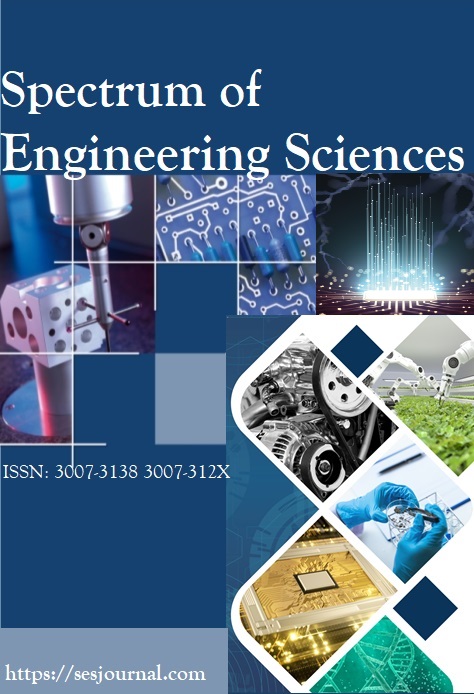ARTIFICIAL INTELLIGENCE BASED OPTIMIZATION OF FACE IDENTIFICATION SYSTEM USING YOLO AND SUPER-RESOLUTION APPROACHES
Keywords:
Machine Learning, Yolo, Face Detection, Artificial Intelligence, Image ProcessingAbstract
This research addresses a critical gap in aerial face recognition by focusing on ultra-low-resolution (23×32 pixel) faces at distances exceeding 10 meters—a challenge inadequately solved in prior work, such as Smart Drone with Real-Time Face Recognition. While existing systems struggle with recognition accuracy for small-scale faces, this study introduces a novel hybrid framework combining Sliced Aided Hyper Inference (SAHI) for partitioned detection and ESRGAN/Topaz Gigapixel for super-resolution enhancement. By reconstructing high-fidelity facial features from minimal pixel data before inference, our approach significantly improves recognition rates for distant, small-scale targets. Additionally, we optimize YOLOv11 for micro-face detection and validate performance on a synthetic crowd dataset, demonstrating scalability for real-world drone deployments. The results showcase superior accuracy, computational efficiency, and privacy-aware on-device processing, effectively bridging the gap between theoretical limitations and practical aerial surveillance needs. This work not only advances the state-of-the-art in long-distance face recognition but also sets a new benchmark for resource-constrained edge applications. In curtail, research contributions are as follows: Key Contributions are: Recognition of 23×32 px faces at >10m—unaddressed in prior research. Methodology: Hybrid SAHI + super-resolution (ESRGAN/Topaz) with YOLOv11 optimization. Outcome: Enhanced accuracy for small-scale faces, validated on crowd datasets. Impact: Directly resolves limitations highlighted in Smart Drone with Real-Time Face Recognition. Area of Research & Domain of Research: Face recognition, Up-scale, Small Object Detection (SOD), YOLOv11, Slicing Aided Hyper Inference (SAHI), ESRGAN or Topaz Gigapixel.
















